AO Edited
Topi of Boma National Park
Every October, one of the largest migration of mammals in the world thunders through Boma National Park.
Every fall the plains of South Sudan, normally pale yellow and brown, turn a vibrant viridescent shade. This explosion of greenery helps spur on one of the largest mammal migration in the world. Every October, at least a million antelope thunder across the plains towards the vast lowlands around the White Nile. An estimated 125,000 of the migration’s participants are the spectacularly weird topi.
With an estimated 300,000 spread throughout sub-Saharan Africa, the topi migrating through South Sudan number a little less than half the entire population. These medium-sized antelopes are a deep, burnish brown with black splashes across their foreheads, thighs, and hips. They also sport light tan “socks” allowing their legs to blend into the tall grassy plains they call home.
Topi are an extroverted species that have been known to socialize with animals beyond their own species, like wildebeests, zebras, and even ostriches. They are notoriously picky eaters: the topi only graze on grass and can go without water for long periods, so long as the grass is fresh and well-hydrated. Perhaps weirdest of all, female topis can actually delay birth if they sense they’re in danger.
The Sudd wetland, through which the topi migrate every year, is currently on the tentative list of UNESCO World Heritage Sites in South Sudan. It’s a move that has brought more attention to the region and its animals as South Sudan’s bloody seven-year civil war came to a close in 2018. However, there are real concerns around the rise in poaching, the unregulated extraction of natural resources, and human encroachment in the Sudd. While the civil war ended in 2018, violence between armed communities has continued in South Sudan over land disputes and post-war grievances straining conservation efforts in the region.
Throughout all the violence though, the topi migration has continued undeterred. Paul Elkan, head of the Wildlife Conservation Society’s South Sudan program, said in an interview, “the country’s wildlife is one of those special features of South Sudan which still arouses some hope.”
Know Before You Go
The migration occurs every October following South Sudan’s rainy season.
Community Contributors
Added by
Edited by
Plan Your Trip
The Atlas Obscura Podcast is Back!


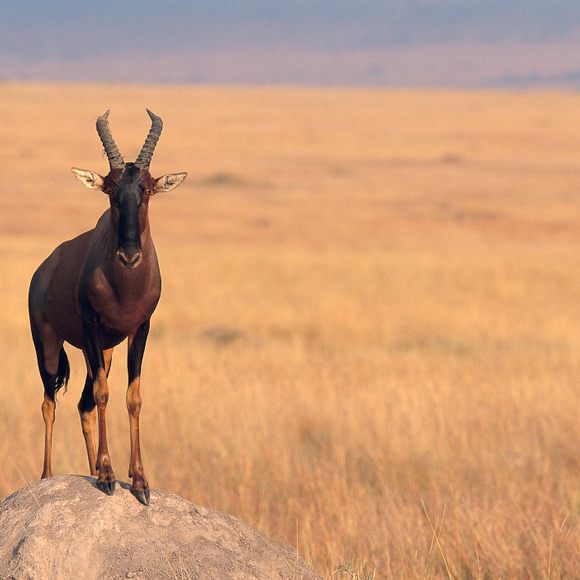

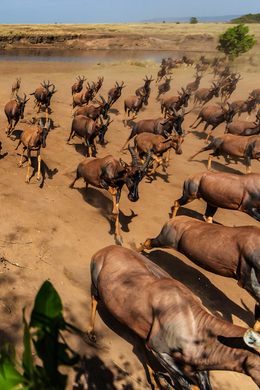
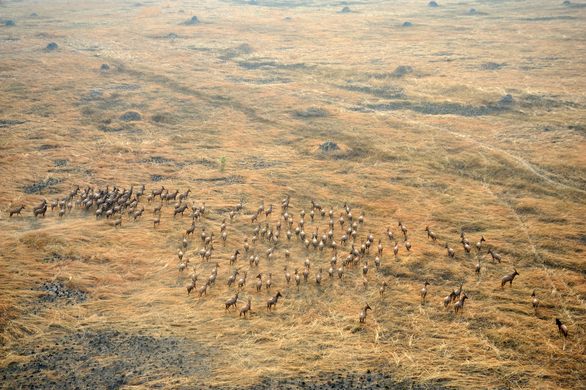
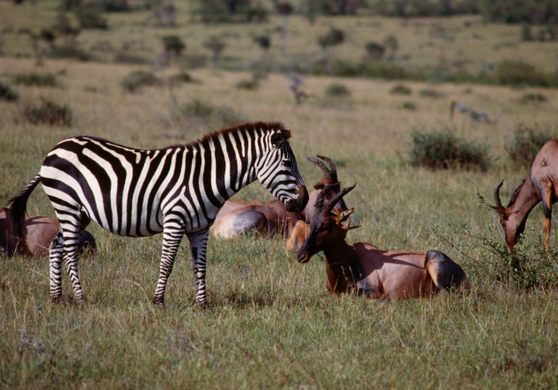
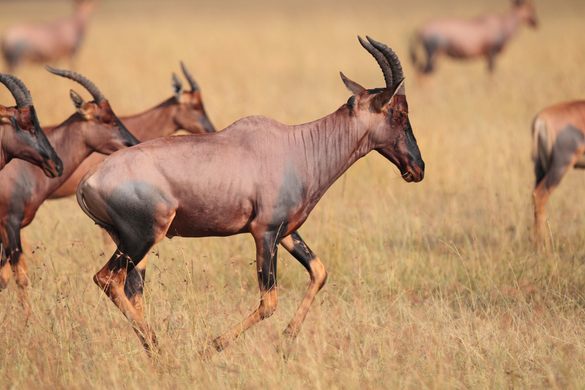
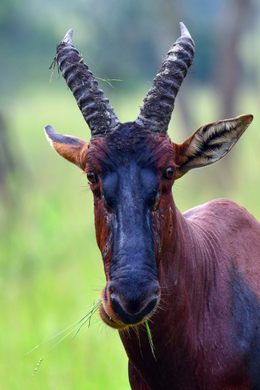
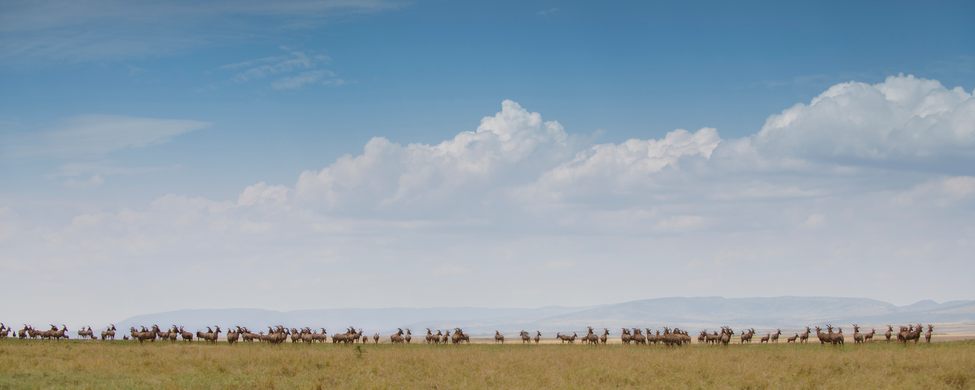



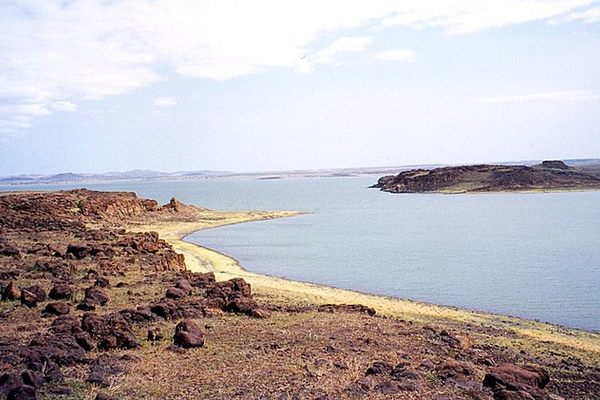


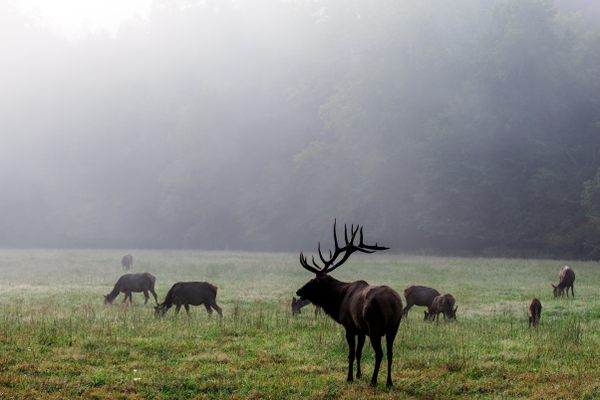
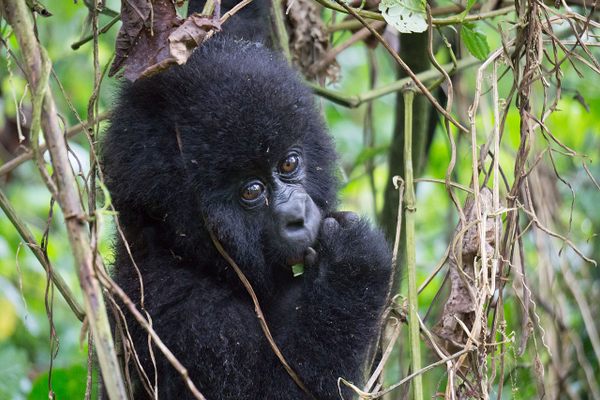
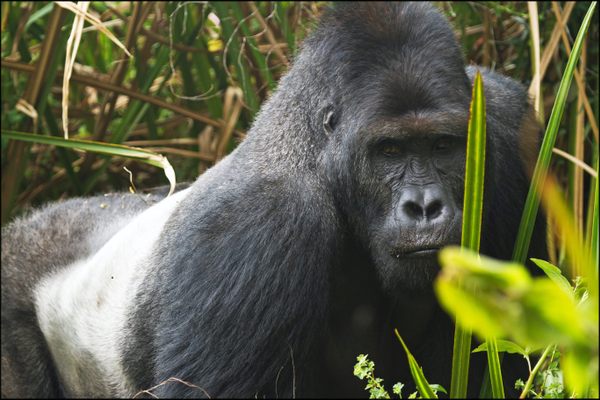



Follow us on Twitter to get the latest on the world's hidden wonders.
Like us on Facebook to get the latest on the world's hidden wonders.
Follow us on Twitter Like us on Facebook